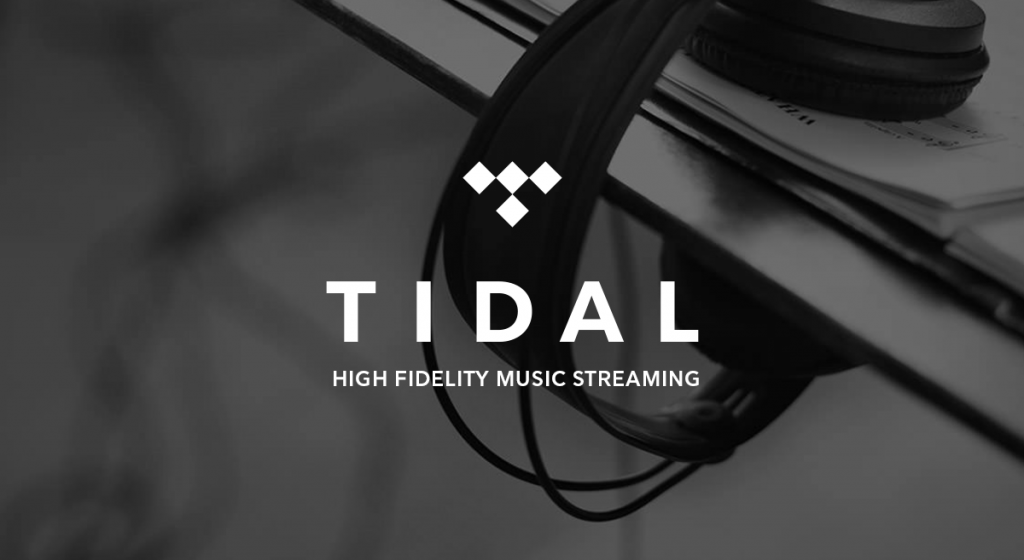Many Americans adults love to get the next best supplement
that will help improve their lives. Whether that’s a new vitamin to help their
eyesight, or an easy fix to lose weight, people can’t get enough. Many are even
willing to accept the potential health hazards that can go along with these
products. However, even though Americans love their supplements and additives,
it becomes a sticky subject when it comes to youth. In recent news, energy drink spinoffs are targeting gamers with a new alternative to traditional
energy drinks. However, by virtue of going after gamers their target market
contains a large portion of kids under eighteen.
Let’s face it; energy drinks with lots of caffeine and sugar
are bad for you. That’s what kids are taught in school and what their parents
probably reinforce. Large amounts of caffeine have been linked to slowed brain
development, bad sleep patterns, and irregular heart rate in children. In the
culture surrounding gamers though, energy drinks maintain a strong foothold,
even to the degree of special flavors like Mountain Dew Game Fuel specifically
targeting them.
One of the two companies, G Fuel, markets itself as a secret
sauce to help enhance focus and endurance. Its main advertising point is that its
drinks are sugar free and vitamin infused. Sounds great, right? Well G Fuel
forgot to mention that it has more caffeine than both Monster and Red bull, a
staggering 150 milligrams in 12 oz. (for reference a cup of coffee has 95 milligrams in
12 oz.) They have successfully sidestepped sugar as America’s enemy number 1 in
food, but the new path isn’t better. As mentioned earlier, the caffeine context
proves just as hazardous as sugar it its own right.
It seems as if the FDA needs to pass some sort of restriction
towards today’s young buyers. Earlier this year a report from congress
scrutinized energy drink producers for their “recklessness” Previously, major
energy drink companies have agreed to stop marketing to kids under twelve years
old due to negative health effects. Is this enough though? Adolescent medicine
specialists have said many parents don’t truly understand the adverse effects
of these drinks and therefore it is up to the FDA, or even congress, to help
regulate. Or perhaps we could sit back and let the targeting of kids continue
for a nice profit.
